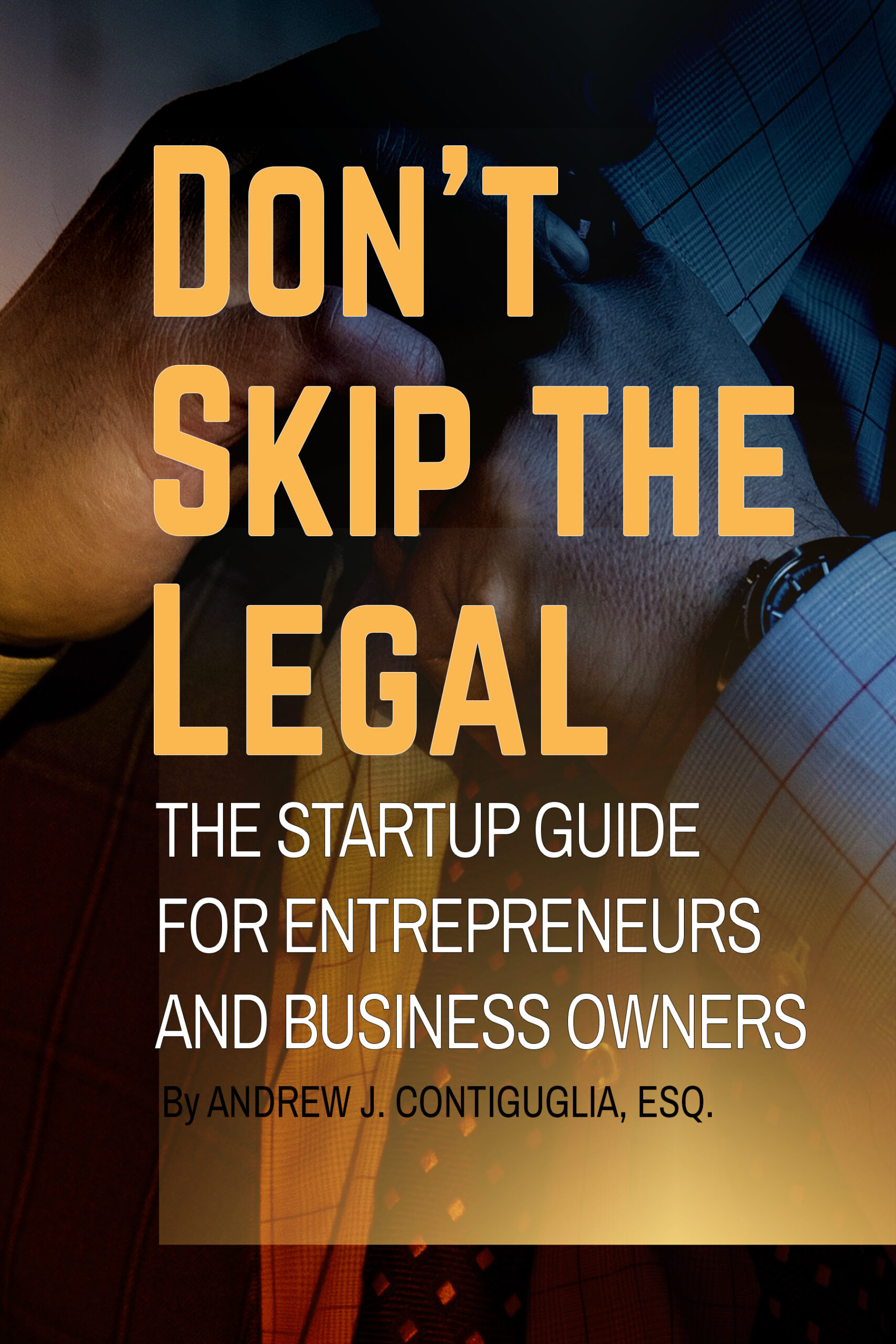Man? He was a 19 year old teenager. Granted, he was an adult at the time he was charged with this crime, but the pictures he was accused of taking, and later plead guilty to, were taken when he was a teenager. I have a bit of a problem with this story. Reading it reminded me too much of my criminal defense of James Grady back in 2002 on similar charges here in Colorado. You can read about Grady’s case here. I’ve reprinted the entire Associate Press story below for your convenience.
BRADENTON, Fla. – A 19-year-old man who posted a nude photo of his younger ex-girlfriend on her MySpace page was sentenced to 30 days in jail.
Anthony D. Rich pleaded no contest Tuesday to child abuse and attempted child abuse. He is expected to begin his sentence in October.
Prosecutors reduced the charges from sex crimes that could have branded Rich a sex offender for life. He was 17 when he posted the photo of his then-15-year-old girlfriend on the social networking Web site that’s owned by News Corp.
Rich had dated the girl for more than two years. He posted the photo after they broke up. The girl consented to having the photo taken, but Rich did not have permission to post it, authorities said.
Since my defense of Grady, I’ve managed to carve myself a strong place in defending people on similar charges. Now, I am one for protecting chidren, no doubt about it, but a case like this shouldn’t have been prosecuted. In fact, I firmly believe the charges violated Anthony Rich’s First Amendment rights.
The First Amendment to the United States Constitution provides that “Congress shall make no law … abridging the freedom of speech.” The Due Process Clause of the Fifth Amendment to the United States Constitution states that “No person shall … be deprived of life, liberty, or property, without due process of law.” The Fourteenth Amendment makes this limitation applicable to the states, see Gitlow v. People of State of New York, 268 U.S. 652, 45 S.Ct. 625, 69 L.Ed. 1138 (1925), and to their political subdivisions, see Lovell v. City of Griffin, 303 U.S. 444, 58 S.Ct. 666, 82 L.Ed. 949 (1938). In this case, I believe The statute at issue violates the First Amendment since the conduct is in fact a form of protected expression under the First Amendment. The law is an unconstitutional attempt to regulate the content of this teen’s speech and expression.
The First Amendment protections apply fully to the expressive component of photographic sessions with a consenting fifteen year old girlfriend who, from what I understand, appeared in non-pornographic and non-obscene photographs. Focusing on the content of the images memorialized in the photographs of this woman, this case is not about obscene material or child pornography, and, thus, does not present a situation in which the state may, consistent with the First Amendment, impose content‑based restrictions on pure speech and artistic expression. Nudity, without more, is protected speech. Period.
This teenager was arrested and was being prosecuted for engaging in a course of conduct that contained elements of speech and/or expressive activity. For example, assuming He was charged with “sexual exploitation” the core of the conduct was the taking of the photograph — clearly a “pure speech” activity. Likewise, the “publishing” of the photos on her MySpace page should also be characterized as expressive activity entitled to First Amendment protections. See, e.g., Hurley v. Irish‑American Gay, Lesbian and Bisexual Group of Boston, 515 U.S. 557, 569, 115 S.Ct. 2338, 132 L.Ed.2d 487 (1995) (the Constitution looks beyond written or spoken words as mediums of expression); Massachusetts v. Oakes, 491 U.S. 576, 591‑92, 109 S.Ct. 2633, 105 L.Ed.2d 493 (1989) (Photography, painting, and other two‑dimensional forms of artistic reproduction … are plainly expressive activities that ordinarily qualify for First Amendment protection.) (Brennan, J., dissenting); Bery v. City of New York, 97 F.3d 689, 695 (2d Cir.1996) (Visual art is as wide ranging in its depiction of ideas, concepts and emotions as any book, treatise, pamphlet or other writing, and is similarly entitled to full First Amendment protection); cert. denied, 520 U.S. 1251, 117 S.Ct. 2408, 138 L.Ed.2d 174 (1997).
In this case, as noted above, this kid’s course of conduct contained elements of pure speech and/or expressive activity, thus permitting him to invoke the First Amendment in challenging this prosecution.
Nevertheless, because legislation banning child pornography, like that prohibiting obscenity, regulates speech, it must be carefully crafted to limit its reach. The conduct to be prohibited must be adequately defined, the prohibition must be limited to works that visually depict sexual conduct by children below a specified age, the forms of “sexual conduct” must be suitably limited and described, and criminal responsibility may not be imposed without some element of scienter on the part of the defendant. Ferber, 458 U.S. at 764‑65, 102 S.Ct. at 3358‑59, 73 L.Ed.2d at 1127‑28. The production and distribution of descriptions or other depictions of sexual conduct by children, if not obscene and if not involving live performance or photographic or other reproduction of live performance, retain First Amendment protection. Id. at 764‑65, 102 S.Ct. at 3358‑59, 73 L.Ed.2d at 1127‑28. I believe, The statute here extends to photographs of minors having no sexual or offensive content at all. Nor is the statute focused to proscribe only photographs that harm the child subjects. Nevertheless, because legislation banning child pornography, like that prohibiting obscenity, regulates speech, it must be carefully crafted to limit its reach. The conduct to be prohibited must be adequately defined, the prohibition must be limited to works that visually depict sexual conduct by children below a specified age, the forms of “sexual conduct” must be suitably limited and described, and criminal responsibility may not be imposed without some element of scienter on the part of the defendant. Ferber, 458 U.S. at 764‑65, 102 S.Ct. at 3358‑59, 73 L.Ed.2d at 1127‑28. The production and distribution of descriptions or other depictions of sexual conduct by children, if not obscene and if not involving live performance or photographic or other reproduction of live performance, retain First Amendment protection. Id. at 764‑65, 102 S.Ct. at 3358‑59, 73 L.Ed.2d at 1127‑28. From what I know, The photos at issue of this minor had no sexual or offensive content at all. It’s certainly not described that way. Numerous publications, like those of David Hamilton, Jacque Sturgis, Maxim, Gear and Jane Magazines, as well as movies like Pretty Baby, which depict nude children and young adults and are much mainstream and perhaps more provocative than the described photo taken by Rich. Under Florida law apparently, Such images would be illegal when significant precedent exists to protect these images under the First Amendment.
Now, I could go on an rant and give you a seminar on First Amendment freedoms on this subject matter, but I won’t. I don’t need every prosecutor out there looking into my law library and anticipating my next argument.



This country has to stop comparing nudity
with pornography. There a whole art of nude photography and yes that includes person of underage.
These are teenagers that dated for two years. How can this be considered pornography? She consented to these pictures being taken and she was not a child. There was not any child abuse going on. I think there needs to be a finer line drawn on what’s considered pornography and child abuse.
what is this world coming to when a person cannot express themselves through an artistic medium? While I do admit, my mom has taken a class that involved nude models, and when you walk through her house, you can’t seem to walk into a room without seeing some form of human form, but while there is a form of artistic expression out there considered to be pornography, not every expression is pornographic in nature. Is my mom at risk to be arrested, if some person walks into her own home and is offened by what she has on her walls? Why all of a sudden are people so anxious to distroy any type of nude artistry by labeling it as pornography. while I know that there is no legal definition of pornography, there should be an understanding of art.
i woul like to know why he would even post a picture like that on myspace for everyone to see in the first place…it be different if it was his own body to show off but not his girlfriends!
That’s pretty interesting. I think this has only become an issue because they broke up, so the BOY was probably upset and did it out of anger. Then of course the girl was upset because they were on the internet, but hello she consented! The way that Myspace works with the younger crowd is that it’s a way as a “networking” so if he didn’t post them on there, I’m sure the girl would have herself. You see all kinds of that stuff on these pages! Yeah, he was wrong for putting it up there, but come on, she’s the one who agreed to take them….so in other words…it doesn’t seem like she would mind having them in the public view since she has no problem having naked pictures taken of her. In conclusion, I do think that the guy was wrong for posting them, but the girl should have been smarter about allowing him to take pictures of her in the nude…especially at the age of 15!
The idiot prosecutor ought to be prosecuted. He’s probably some highfalootin’ egomaniac with a perfect track record of successful guilty verdicts who knows damn well he misapplied the law and trampled on the Constitution. He ain’t stupid, he’s dangerously smart, holding a position of power where he himself is not accountable. He knew this boy could not afford an attorney to fight the legal process at $200 an hour simply to have the law reaffirmed. This is the travesty of justice — these prosecutors know damn well that justice carries a pricetag that most people can’t afford. I say he oughtta be tarred and feathered and ridden out of town on a rail. I genuinely hate the slime.
I have to say that claiming that this is pornography, might be stretching it a bit. This should be a lesson to both the boy and the girl. The girl did consent to the pictures being taken and should have reasonably assumed that the boy would share them, but maybe not with the entire world. One could guess that the couples break-up prompted the boy to retaliate and expose the girl’s private pictures. His actions should be punishable, but the charge of “sexual conduct” seems severe. Let’s just say “what goes around, comes around.”